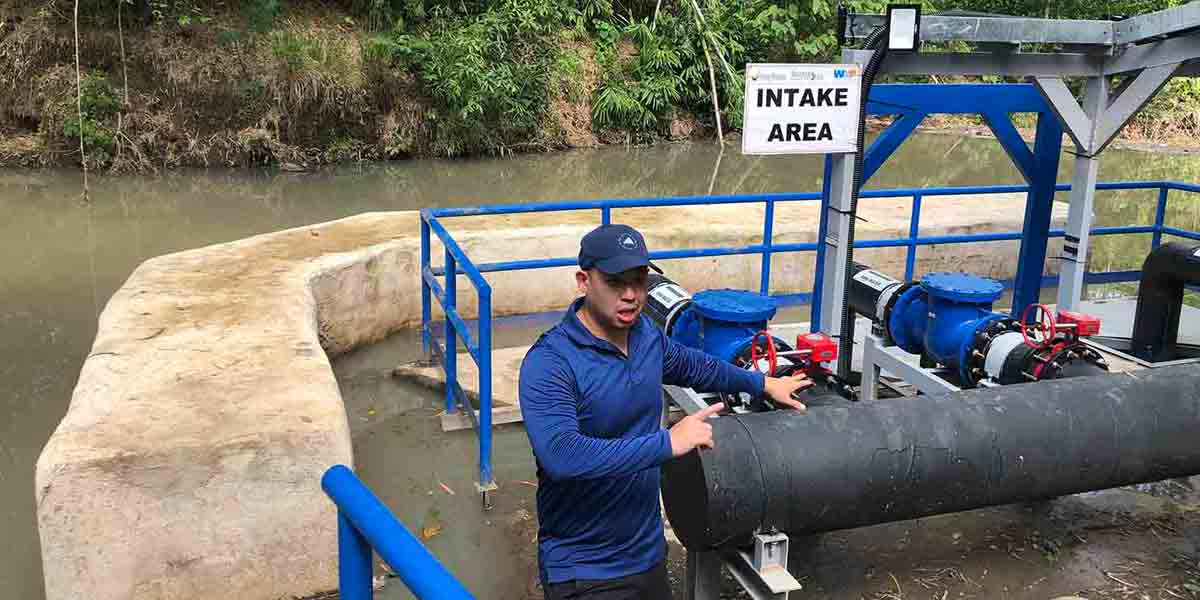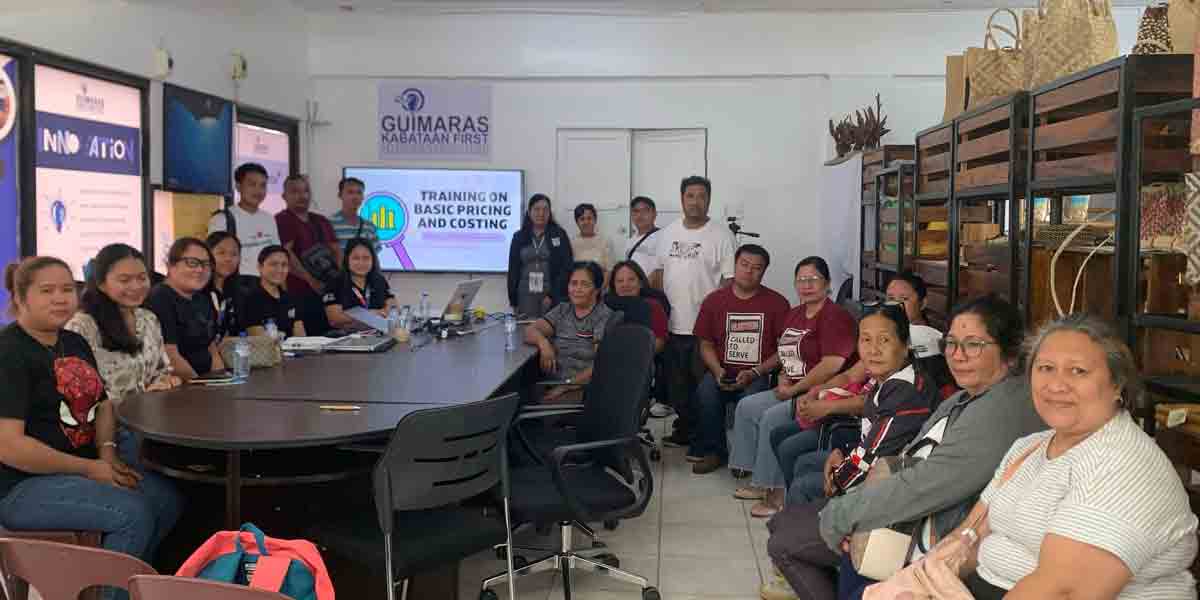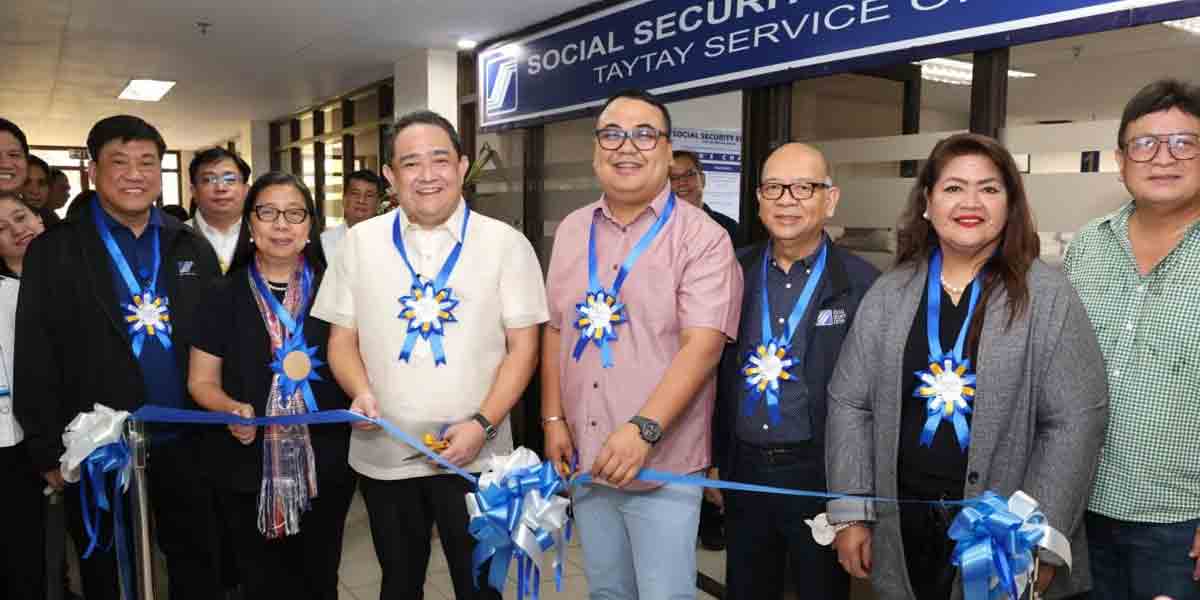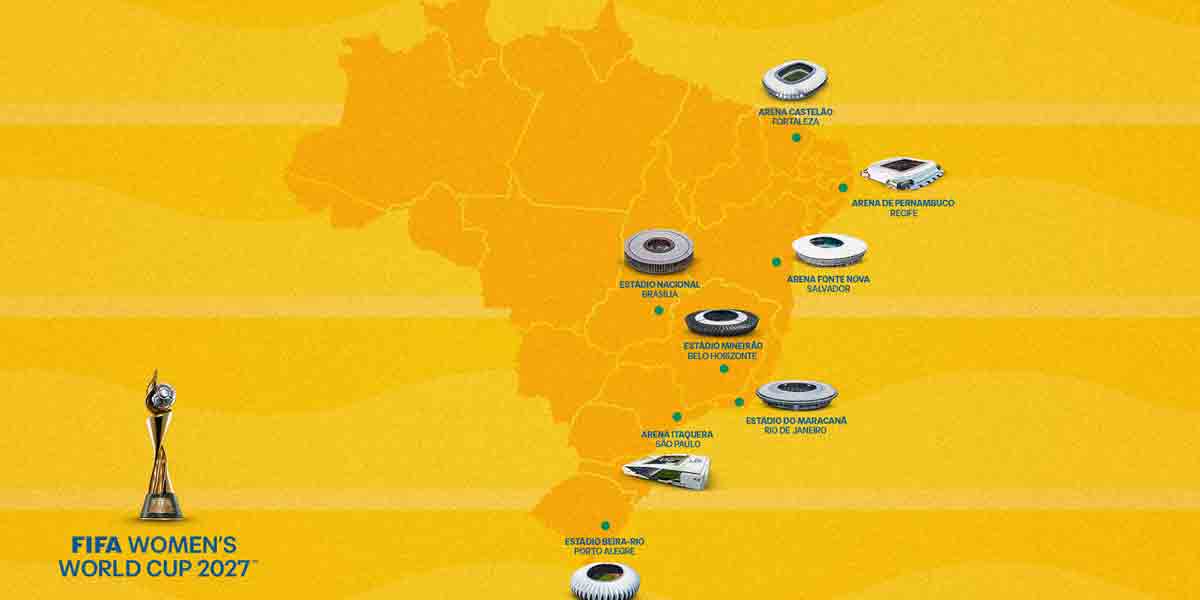The Manggahan Festival, a vibrant celebration dedicated to the famed mangoes of Guimaras, kicked off its 2024 edition with fanfare and a clear message: Guimaras offers more than just the sweetest mangoes in the world. It’s a call to diversify and broaden the economic base of this small yet robust community.
Since its inception, the Manggahan Festival has grown from a local fiesta celebrating the harvest to an internationally recognized event. This transformation is not just about the festivities but also mirrors the journey of the people of Guimaras, particularly those in the mango industry. Known for producing some of the world’s best mangoes, Guimaras has managed to secure a geographical indication tag for its mangoes in European markets, enhancing both the reputation and reach of its primary agricultural export. This prestigious recognition not only boosts the local economy but also places Guimaras on the global map as a producer of high-quality agricultural products.
However, as Gov. JC Rahman Nava pointed out during the festival’s opening, it’s crucial to leverage the attention and influx of visitors to showcase the island’s other offerings. With a diverse array of seafood and other agricultural products, Guimaras has the potential to transform its economy from being predominantly agrarian to a more varied and sustainable one.
The expansion of the Mango Eat-All-You-Can event to accommodate more visitors is a testament to the island’s commitment to growth and hospitality. Yet, there’s an undercurrent of realization that festivals such as Manggahan should not only celebrate what is, but also pave the way for what could be. It’s about cultivating a platform for introducing the island’s other assets—its pristine beaches, burgeoning seafood industry, and untapped sectors ripe for sustainable investments.
The festival’s economic impact, potentially doubling this year’s budget, shows the immense potential of cultural tourism combined with strategic economic planning. It’s a model that, if scaled and diversified properly, could ensure that the fruits of today’s labor are not just literal but metaphorical, providing a sustainable income and quality of life for the residents.
This year’s Manggahan Festival should thus be seen not just as a celebration of cultural heritage and local produce but as a launchpad for broader economic development. It is time for stakeholders—from local businesses to government agencies—to consider how they can contribute to making Guimaras a place known not only for its mangoes and natural beauty but also for being a hub of innovative, sustainable, and environmentally sound investments.
The festival, running until May 22 with its vibrant atmosphere and engaging activities, is more than a seasonal highlight; it’s a vivid reminder of the untapped potential of Guimaras. It invites us to imagine a future where the island is celebrated not only for its mangoes but as a holistic destination rich with opportunity.





















